

We’re seeing some nice progress in the MMO world these days, which is why I felt this was the right time to discuss how the genre is changing, largely due to influence from non-MMOs. In part 1, I discussed the idea of the “true” MMO versus the idea of something a bit smaller. While some MMOs are simply building their MMOs around different genres, I feel like there’s another way we can be massive without going through the traditional methods that, admittedly, made MMOs popular in the first place.
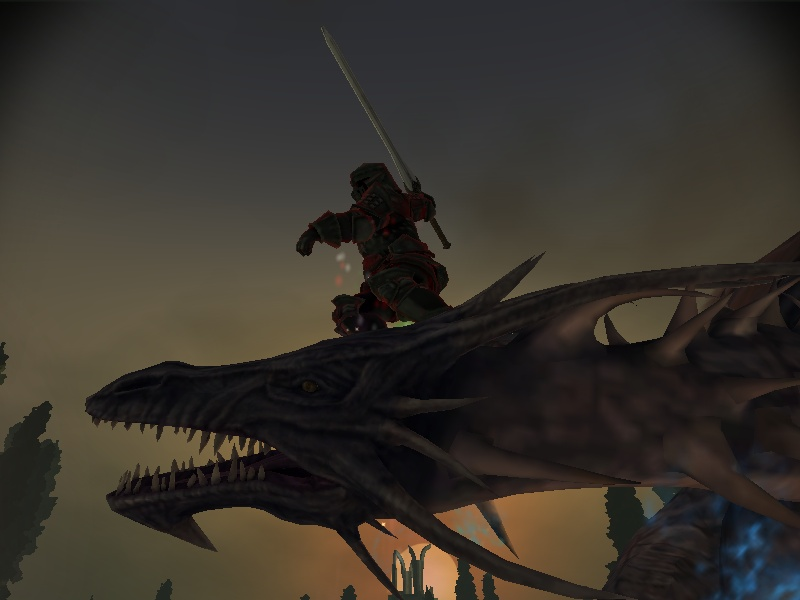
Let’s take the idea of niche MMOs a bit further than last time and my discussion of an RPG focused Star Wars: The Old Republic. Bioware’s Dragon Age games carry data over from past gameplay experiences/achievements. If, for example, in the first game, your character heroically died saving her hometown, characters in DA2 and DA3 will mention this. That’s cool, but what if you could change things up based on decisions and interactions made with friends? This is how an MMO could differentiate itself from regular multiplayer games. I’m getting ahead of myself though. Some people may be wondering if carrying information over to a sequel is even something an MMO would do.
The simple answer is, in fact, it’s already been done, but in a small way. Player achievements/progress from Guild Wars 1 lead to some additional content in Guild Wars 2 for some players. It was just some small perks/items, but it was enough to get people playing GW1 again and excited for GW2. With MMOs certainly having more of a shelf-life these days as competing games reap what is essentially the same MMO crowd from game to game, why don’t developers make their games smaller and focus on making true sequels?
Looking again at SWTOR, one thing the game included was the Legacy system. This connected the player and their alts together in a unique way. You built your own relationships, but from your own roster of characters. You also unlocked perks based on this system. It was fun, but not fleshed out enough.
Imagine a SWTOR sequel though. I won’t say the game is dead, but I can’t imagine it, like many other MMOs, isn’t bleeding subscribers, constantly in flux as the next “big” game comes out month after month, putting a dent in at least their server populations, if not subscriber numbers. Pay a box price and get a new game: updated graphics, new mechanics, new features, and a whole new story, like many non-MMOs do.
However, add to it. I don’t just mean base the game off of decisions you made from the last game like with other Bioware games. That SWTOR legacy system could be used as a social tool. Let friends add each other as brothers and join each other’s missions, or set them as enemies and send them side quests where your minions try to sabotage them. Make your next character the daughter of your best friend’s SWTOR 1 bounty hunter and your Jedi Knight. Let players who recruited the Ewok in SWTOR also have it, or even it’s next of kin, in the next game.
Again, this wouldn’t be a true MMO, and you’re not trying to make a competitive game with every game you build (more on that later). Instead, you’re trying to make worlds for players to explore and live in, but now the game has more of a shelf life. You can make a narrative while still giving a sense of exploration. By making connections between the games and working on those rather than constantly playing the balance game between multiple game areas that don’t really fit well together, developers could be focusing more on fun rather than tedious gameplay that dangles the biggest but cheapest carrot in front of players to keep them on the subscription treadmill, all while hoping that players miss the next shiny new treadmill that’s doing nearly the same thing. Ditch the cash shop, guys, ditch the monthly fees, and focus on DLC and sequels to build your worlds.
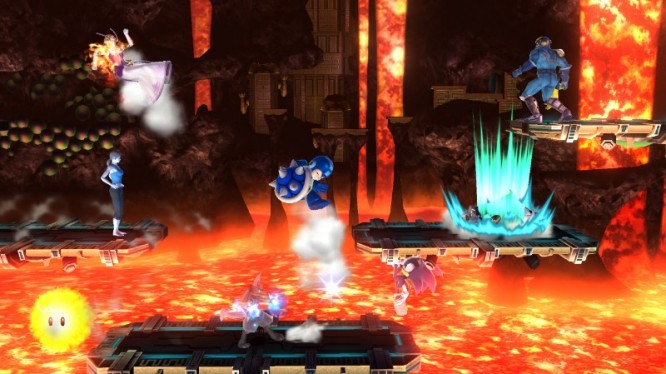
Just because a game is released online, doesn’t mean you have to keep updating it. Let’s be honest: in the old days (and sometimes still today!), players bought the game as is, for a box price, and that was that. Look at the fighting game community. Smash Bros players get a lot out of those games, and the old ones never update, and are truthfully poorly balanced, but people still find new things about them years later!
This may sound irresponsible, but hear me out. Perfect balance is impossible, right? Look at League of Legends. It’s constantly updating and adding new characters, and it’s fun. No one will say it’s not successful, but it also has to constantly play the balance game, plus it’s a competitive game.
But… it’s not an MMO. MMO sites cover it because it’s got many people playing it and has that battleground feel to it, but it’s not an MMO, and it’s not easy to repeat it’s success. MOBAs suffer a similar fate as MMOs, but I won’t go into that in great detail. I’ll just address the issue as I’m addressing other hardcore PvP MMOs’ issues: players who start earlier have an advantage over new comers, and the longer you play, often the bigger advantage you have. This drives away players who fall behind and scares off potential new comers. The solution? Persistent world, instanced matches.
Sound familiar? Yeah, this is what Crowfall is doing, and for a good reason. Non-MMOs can do well because the lack of persistence makes the games accessible. It’s why anyone who hasn’t played LoL from the start can still start playing the game today and (theoretically) do well at it. The nice thing, though, is that, aside from rank, Crowfall gives some trinkets for an outside world that lasts between games. It’s a rather elegant solution to the “wolves/sheep” problem.
For those who are unfamiliar with this idea, Raph Koster, in reference to ideas put forth by Richard Bartle, compared player killers to wolves and non-player killers to sheep. The idea is that the wolves, when left to their own devices, can drive off the sheep. Once the sheep are gone, the wolves are forced to prey on themselves, which is pretty unnatural, which causes the wolves to also disappear. However, without wolves, the sheep get fat as they consume (content, specifically) with little to slow them down and grow bored (due to lack of gossip over the competition among the “wolves”), which causes them to also disappear. Now, remembering the animals are players and their world is an MMO, you can see why we don’t want either to leave.
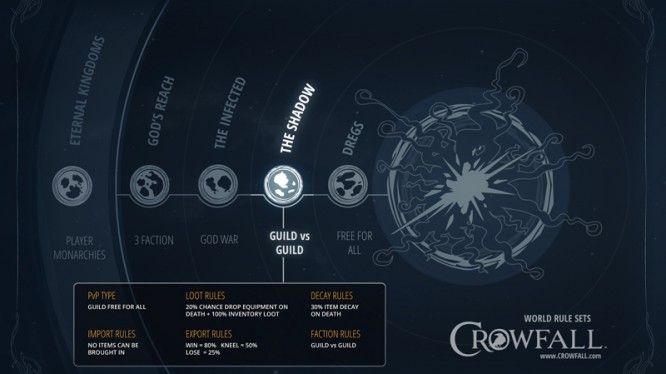
Crowfall’s desire to combine the persistent with non-persistent is good. It makes more of an MMO out of MOBAs. However, as noted, MOBAs need to be updated frequently for balance purposes. If you add a new class or move, you need to think in terms of the whole game. Your whole roster. Any small change can effect several areas of the game, and while with an MMO with no esports support can do this with ease, PvP heavy games, especially with an esports following, cannot. What’s a developer to do?
Minimal balancing or updates. Save new characters or mechanics for either “fun” modes, DLC, or a sequel. Cut out the need for subscriptions and let players try to solve their own problems, like with most hardcore PvP games. Ensure that people can play matches just against their friends or the computer, like Street Fighter or Tekken, and let them earn some trinkets for a house in the more permanent world.
Updates or not, players will move on anyway. You can still use some of the ideas put forth from the previous section on smaller worlds when making a sequel though: let people “inherit” certain housing items from the last game. Maybe carry over characters they bought if you want the game to be more of a MOBA, or have currency bought with real world money carry over, such as with Station Cash between SOE/DayBreaker games. More importantly, you need to keep competitive communities together, since they are often just as interested in who they are playing with than simply the game itself. There’s a reason why top tournament players in Smash Bros are often still relatively well known when the next game (or slight variation of it) comes out: their skills carry over and they are central in their community.
This isn’t anything revolutionary. Look at Battle.net or Steam. Players can add each other friends lists, talk to each other cross game, even join or watch their friend’s game! Heck, look at Animal Crossing and just one of the communities that’s sprung forth from it! People make their own groups –for activities ranging from picking weeds to newbie care packages– and nurture their community for years, lasting longer than many guilds I’ve seen in MMOs. These groups span across several of the game’s sequels. Again, this is a game that doesn’t get updates. but has long lasting gameplay, and followers to help keep it thriving (and honestly, Nintendo could give their online player base more support in general, but let’s save that for another article).
But we can do more for an MMO. Let guilds remain the same between games. Let guild leaders/officers choose what controls will remain between games. Allow for guild icons/heraldry so the community can remember who was in charge in the last game. Give players titles at the end of tournaments or long campaigns so players can show off their veteran status. Achievements have already been embraced by the MMO community, so build on these too. Maybe a single game on it’s own isn’t Massive, but if the communities in several games are spreading throughout a company’s game portfolio, and the community recognizes this, it feels like the game is bigger than it is.
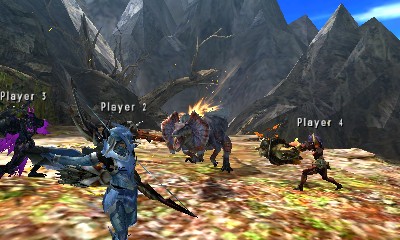
MMORPGs are video games, but a very specific type whose genre label has been over-extended to the point where nearly any game can be considered one. That’s not a judgement but a fact, and one for practical purposes, we need to accept. However, even with that in mind, the genre could use some help. We’re already seeing the use of voxels enter our realm, among other features not commonly found in the last generation of MMOs. Incorporating multiple types of combat, especially non-traditional MMO combat types such as flight sims, can help attract a broader audience, but when done incorrectly, can lead to a game that feels disjointed. Keeping in mind that MMOs are already a niche product with an over-saturated market, developers may want to focus on making smaller games, but in a way that makes their words feel bigger. More focus on singular experiences, difficulty settings, embracing digital lobbies, DLC, true sequels, and giving communities tools to stay together between these new worlds, all can be used to keep the Massive feel in MMOs without (hopefully) going massively over-budget.
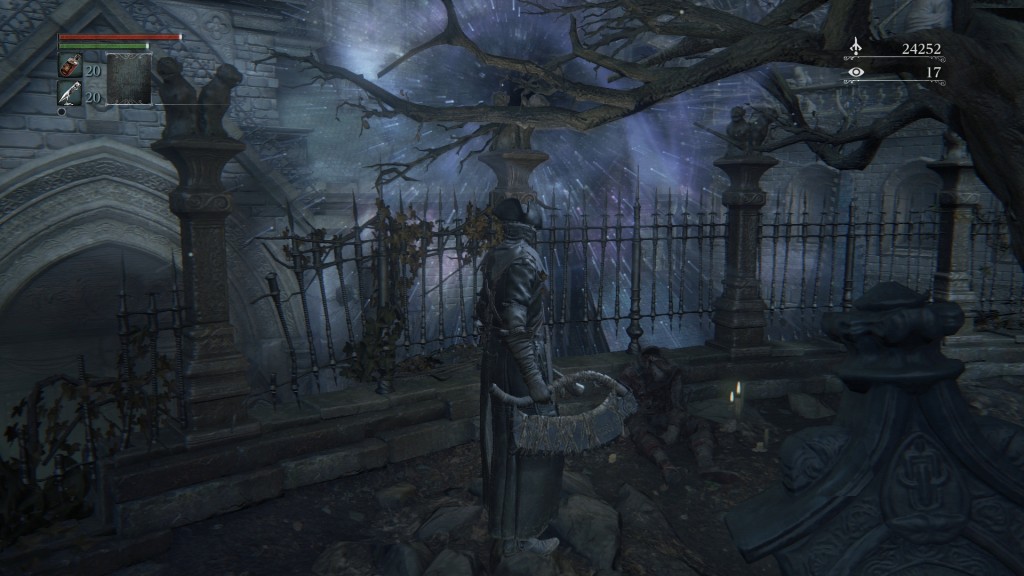


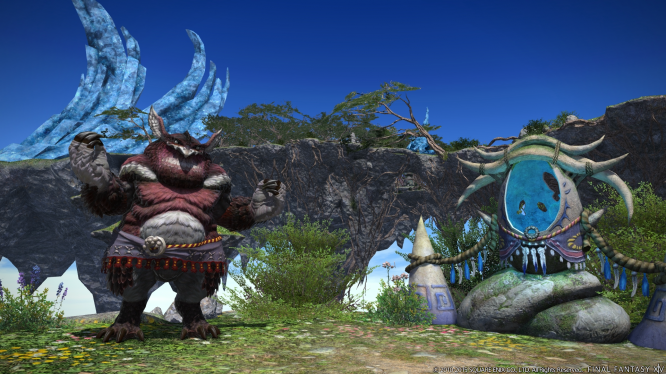
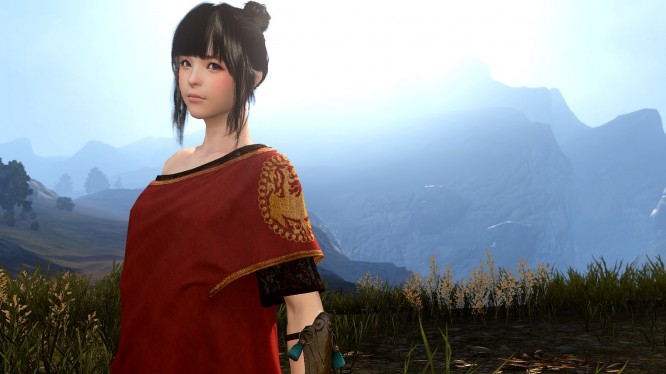 Top Upcoming Sandbox MMOs for the Hardcore Gamer .
Top Upcoming Sandbox MMOs for the Hardcore Gamer .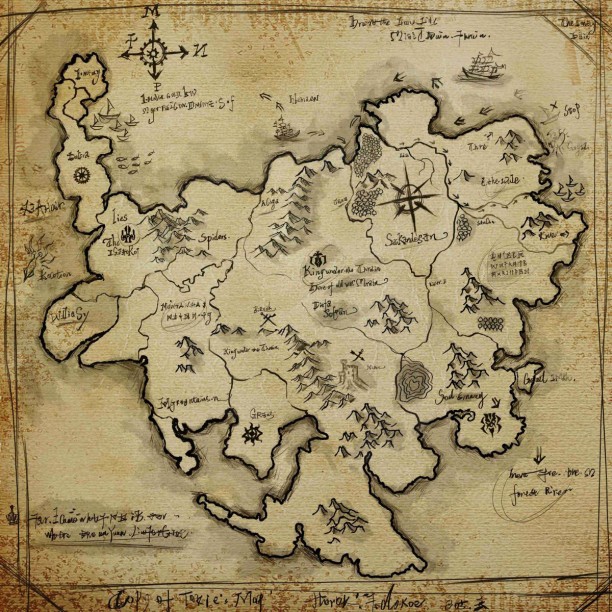 Black Gold Online: Five Things to Explore in Closed Alpha
Black Gold Online: Five Things to Explore in Closed Alpha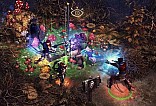 Prime World: Challenge Mode Explained
Prime World: Challenge Mode Explained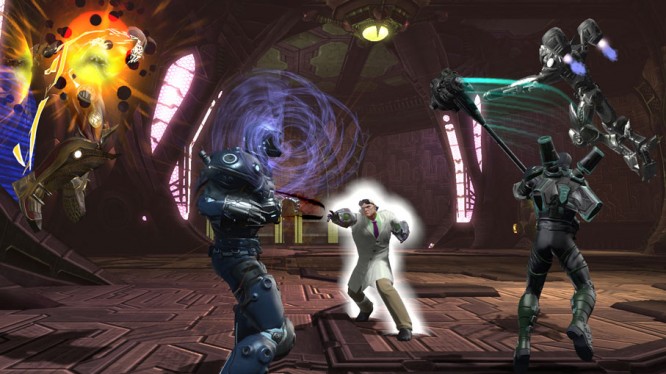 Upcoming Console MMOs .
Upcoming Console MMOs . Plants vs. Zombies 2: Destroy the Dodo Rider Zombie
Plants vs. Zombies 2: Destroy the Dodo Rider Zombie